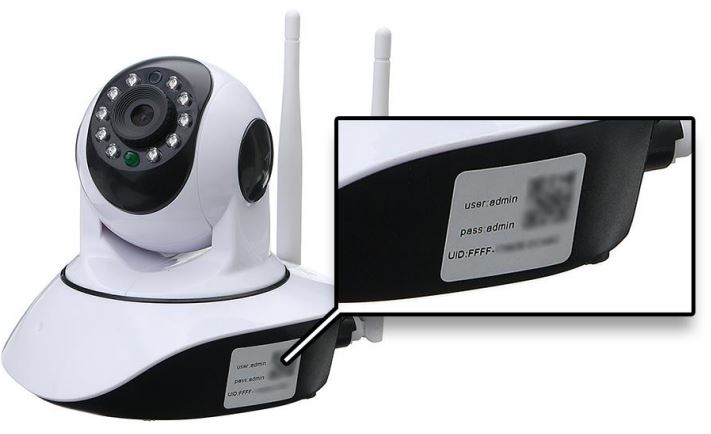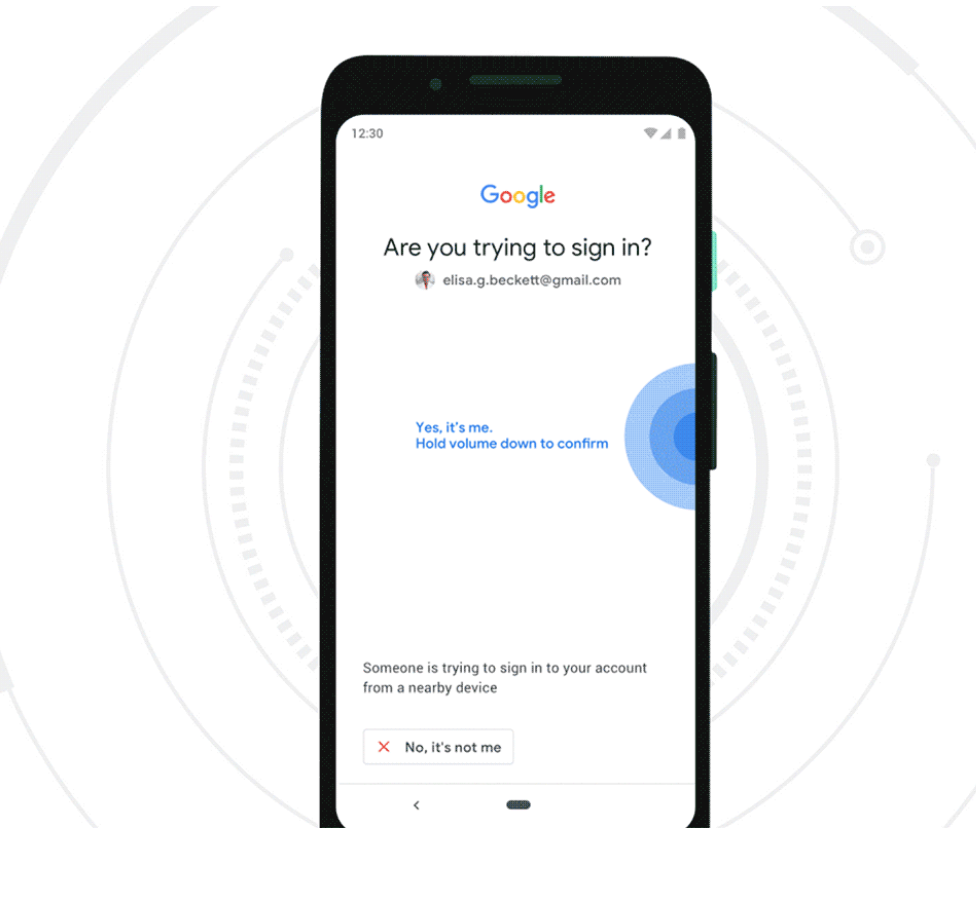A Pennsylvania credit union is suing financial industry technology giant Fiserv, alleging that “baffling” security vulnerabilities in the company’s software are “wreaking havoc” on its customers. The credit union said the investigation that fueled the lawsuit was prompted by a 2018 KrebsOnSecurity report about glaring security weaknesses in a Fiserv platform that exposed personal and financial details of customers across hundreds of bank Web sites.

Brookfield, Wisc.-based Fiserv [NASDAQ:FISV] is a Fortune 500 company with 24,000 employees and $5.8 billion in earnings last year. Its account and transaction processing systems power the Web sites for hundreds of financial institutions — mostly small community banks and credit unions.
In August 2018, in response to inquiries by KrebsOnSecurity, Fiserv fixed a pervasive security and privacy hole in its online banking platform. The authentication weakness allowed bank customers to view account data for other customers, including account number, balance, phone numbers and email addresses.
In late April 2019, Fiserv was sued by Bessemer System Federal Credit Union, a comparatively tiny financial institution with just $38 million in assets. Bessemer said it was moved by that story to launch its own investigation into Fiserv’s systems, and it found a startlingly simple flaw: Firsev’s platform would let anyone reset the online banking password for a customer just by knowing their account number and the last four digits of their Social Security number.

Bessemer claims Fiserv’s systems let anyone reset a customer’s online banking password just by knowing their SSN and account number.
Recall that in my Aug 2018 report, Fiserv’s own systems were exposing online banking account numbers for its customers. Thus, an attacker would only need to know the last four digits of a target’s SSN to reset that customer’s password, according to Bessemer. And that information is for sale in multiple places online and in the cybercrime underground for a few bucks per person.
Bessemer further alleges Fiserv’s systems had no checks in place to prevent automated attacks that might let thieves rapidly guess the last four digits of the customer’s SSN — such as limiting the number of times a user can submit a login request, or imposing a waiting period after a certain number of failed login attempts.
The lawsuit says the fix Fiserv scrambled to put in place after Bessemer complained was “pitifully deficient and ineffective:”
“Fiserv attempted to fortify Bessemer’s online banking website by requiring users registering for an account to supply a member’s house number. This was ineffective because residential street addresses can be readily found on the internet and through other public sources. Moreover, this information can be guessed through a trial-and-error process. Most alarmingly, this security control was purely illusory. Because some servers were not enforcing this security check, it could be readily bypassed.”












 And yet, here I am again writing the second story this week about a possibly serious security breach at an Indian company that provides IT support and outsourcing for a ridiculous number of major U.S. corporations (spoiler alert: the second half of this story actually contains quite a bit of news about the breach investigation).
And yet, here I am again writing the second story this week about a possibly serious security breach at an Indian company that provides IT support and outsourcing for a ridiculous number of major U.S. corporations (spoiler alert: the second half of this story actually contains quite a bit of news about the breach investigation).


